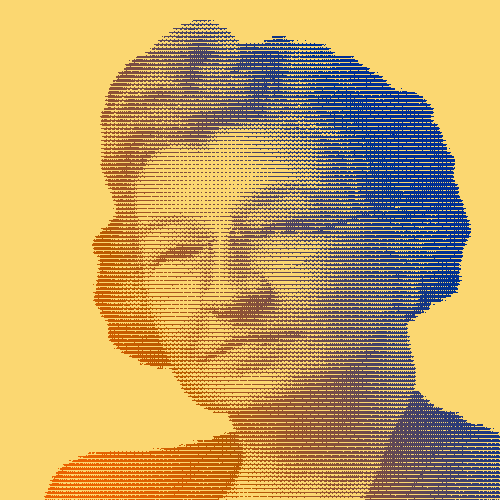Edith Clarke (1883–1959) was the first U.S. female electrical engineer and professor of electrical engineering who made huge contributions to the nation’s power infrastructure while becoming a role model for women in engineering.
The First U.S. Female Electrical Engineer
As a young girl, Clarke found it difficult to read and spell but showed an exceptional aptitude for mathematics and card games, especially duplicate whist. Orphaned at the age of 12, she inherited a small amount of money from her parents, which she used to finance her studies in mathematics and astronomy at Vassar College.
Next, she enrolled as a civil engineering student at the University of Wisconsin-Madison. On her summer break, she worked as a computer assistant to AT&T research engineer Dr. George Campbell. Gripped by his work applying mathematical methods to problem-solving with long-distance electricity transmission, Clarke attended night school to study electrical engineering at Columbia University. Along the way, she contributed to the first transcontinental telephone line.
“There is no demand for women engineers, as such, as there are for women doctors; but there’s always a demand for anyone who can do a good piece of work.”
By 1918, she had enrolled in the electrical engineering program at MIT where she earned her M.S. in 1919, making her the first woman in the department to ever earn one. She went on to invent the Clarke Calculator, a simple graph-based calculator for solving line equations involving hyperbolic functions that was used in electric power transmission line problems.
Empowering Infrastructure
In 1923, she achieved her lifetime ambition: become a salaried electrical engineer. She was the first woman ever to do so in the U.S. Three years later, she smashed another milestone as the first woman to present a paper to the American Institute of Electrical Engineers (AIEE).
As transmission lines got longer, the electrical grid became more unstable. That is until Clarke applied a mathematical technique, called the method of symmetrical components, to model a power system and its behavior. This enabled electrical engineers to determine the characteristics essential for analyzing large systems. She also figured out how to use an analyzer to obtain data about power networks, arguably the first step towards the smart grid.
Key Dates
-
1926
Modelling an Electrical Grid
Edith Clarke publishes her paper on "Steady-State Stability in Transmission Systems," describing a mathematical technique to model a power system.
-
1943
Circuit Analysis of A-C Power Systems
Based on her expertise in electrical power system analysis, Edith Clarke writes the seminal book “Circuit Analysis of A-C Power Systems.”
-
1947
The First Female Professor of Electrical Engineering
Clarke is appointed a professor at the University of Texas, becoming the country’s first female professor of electrical engineering. She taught there until 1956.




